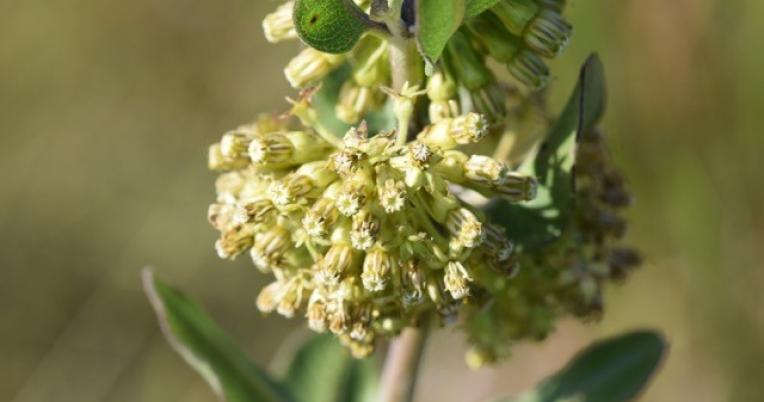Natural resource managers need tools to rapidly assess natural community condition that go beyond professional experience and instincts. In 2014, the Missouri Department of Conservation (MDC) began developing terrestrial natural community health indices as a tool to both assess natural community restoration potential and more importantly to gauge restoration and management success.
A natural community health index (CHI) is a methodology to assess and monitor the health or ecological integrity of terrestrial natural community types (e.g., tallgrass prairies, glades, pine woodlands) based on four components:
- Landscape context and size of the natural community
- Composition of the plant and animal species
- Structure of vegetation and biomass
- Degrading factors (such as invasive species, soil disturbance, etc.)
To conduct a CHI, you begin with the exercises that can be completed in the office. First, delineate sampling units. CHI sampling units are defined using aerial imagery, topographic maps, natural community maps and land management maps. With CHI sample units loaded on GPS devices and either paper or electronic CHI forms and field maps, head to the field. Once at the sampling unit, conduct a timed meander crossing a representative swath of the unit. Aim to spend under 1 minute and 30 seconds per 1 ¼ acres. After filling out the assessment form you will have a score for your site that can be tracked over time with land management prescriptions.
Terrestrial Natural Community Health Indices: Methods Development and Implementation Protocol (PDF, 136 KB)
Natural resource managers need tools to rapidly assess natural community condition that go beyond professional experience and instincts. Increasingly state and federal natural resource agencies are asking for effectiveness monitoring rather than implementation monitoring only.
We are being asked to not just report on the sum of acres treated with a management prescription but the more difficult question of “Is the trend in the particular resource treated heading in the direction we want?”
Published on Apr 26, 2021 -
